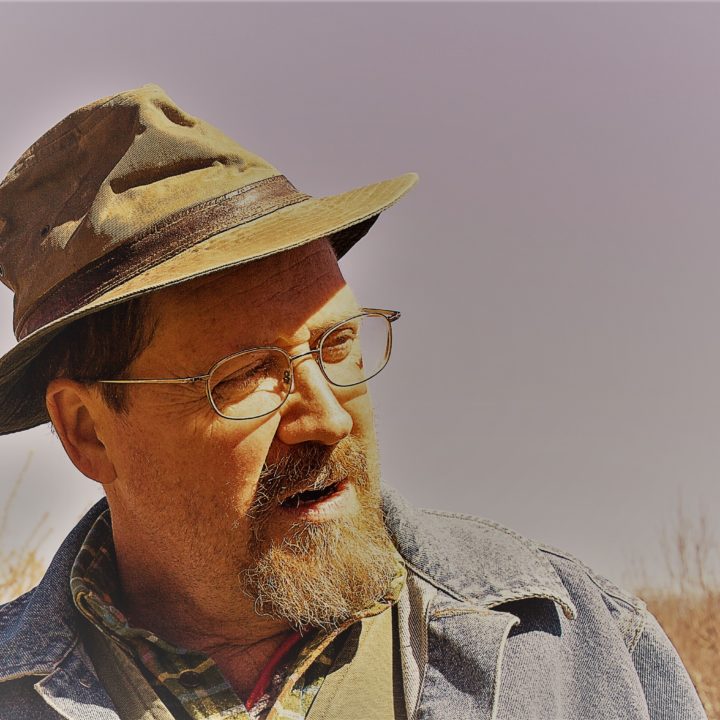
Periodically I feel the urge to write about farm economics, but I never quite figure out where to begin or what it encompasses. If I were to focus strictly on the profit/loss of our 70-acre farm, the picture might be too grim. To focus only on the rewards, the picture would be too rosy.
An endless amount is written these days about the small farm revolution, the explosion of farmer’s markets, and the localization of the American palate — a market destined for a middle class that each year dwindles in size, dwindles in spending power. Which leaves me wondering, who is buying all of these $7 a dozen, specially curated eggs?
Part of the problem with the small farm renaissance, as I see it, is that its success is partly measured by a share in a marketplace created to favor consolidation and lead to practices that are the antithesis of sustainable or at least careful stewardship. More important, its success seems based specifically on a species of wealth derived from consumerism.
I really shouldn’t compare the prototypical small farm customer to a crack addict. But I will say that so much of our consumer society is built on providing a momentary high. Which means that any effort to reform the food system is doomed to operate within the confines of the larger system that gave it birth, one based on providing that “high” to increase consumption.
Likewise, the larger economy thrives on providing a purchasable identity. Create a consumerist buzz centered on small, idyllic plots of land, sustainability, and local food and you risk ginning up interest in hobby farms by bored, wealthy city dwellers, generating a publishing bonanza of how-to books, and building a market for those $7 a dozen, specially curated eggs.
A harsh assessment? Perhaps, because there are a lot of great small farms and farmers, and plenty of sincere customers supporting their efforts. And there have been some great innovations to provide opportunities to support small farms, like CSAs and farmer’s markets. And then there are the growing number of rural Americans who already lead a peak-empire life —working ad hoc jobs, bartering, growing their own gardens, raising or hunting their own meat and butchering it, living largely outside of the middle-class matrix of consumerism.
The old Wobblies had a motto: “We’re building the new society in the shell of the old.” Maybe that is the best we can shoot for at this stage in the global economy. But I can’t shake the feeling that the middle-class small farm economy all seems too little, too late. It is too easily converted into another twee Martha Stewart aspiration for a middle class with dwindling hopes and clout.
The rubber-meets-the-road moment for all of us will be when this consumer-driven small farm moment meets the real small farm movement — a movement of descent, where we get to see who truly has the will and resources to embrace a smaller economic lifestyle, a lifestyle where a more authentic life of hard work powered by necessity shapes what we find valuable, one where identities are not for purchase.
"FamilyFarm" by self – selfes mio. Licensed under CC BY-SA 2.5 via Commons.






